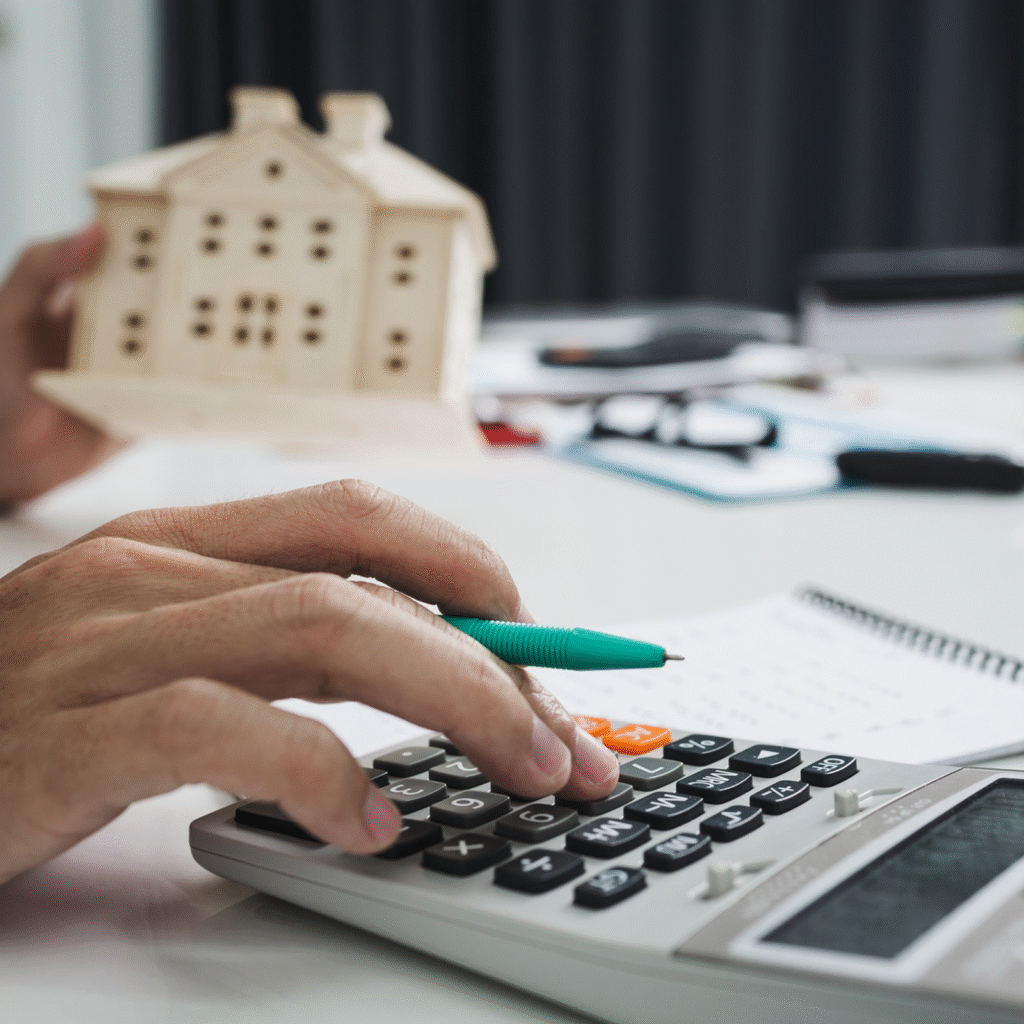When buying a home, understanding how much mortgage you can truly afford is one of the most important steps. Overcommitting can strain your finances, while underestimating your potential could limit your options. This guide breaks down everything you need to know to make a well-informed, confident decision.
Understand What Affordability Really Means
Mortgage affordability isn’t just about how much the bank is willing to lend — it’s about what you can comfortably repay month after month without sacrificing your financial health.
Key Factors Banks Use to Assess Eligibility
Banks in the UAE typically consider the following when assessing your mortgage eligibility:
-
Income & Employment Type: Salaried, self-employed, or commission-based.
-
Debt-to-Income Ratio: Your existing liabilities vs. your income.
-
Credit History: Strong credit scores improve approval chances.
-
Age & Loan Term: Younger borrowers may qualify for longer terms.
-
Residency Status: Criteria vary for residents vs. non-residents.
Use a Mortgage Affordability Calculator
A mortgage affordability calculator is an essential tool. By entering your income, existing debts, interest rate, and loan tenure, you’ll get a realistic idea of your borrowing capacity and monthly repayments.
Don’t Forget the Hidden Costs
Beyond the loan, remember to factor in:
-
Down payment (typically 20–25%)
-
Bank fees and processing charges
-
Property registration and DLD fees
-
Valuation and insurance fees
-
Moving and furnishing costs
Consider Lifestyle and Financial Goals
Think beyond the mortgage:
-
Will you still have funds for savings, education, or travel?
-
Can you maintain your lifestyle comfortably?
-
Are you planning for other big expenses soon?
Affordability for Different Buyer Types
-
Salaried Employees: Steady income helps with approvals, especially with low debt.
-
Self-Employed Buyers: May need to show business financials and bank statements.
-
Non-Residents: Can still get mortgages in the UAE, but typically with higher down payments and stricter eligibility.


